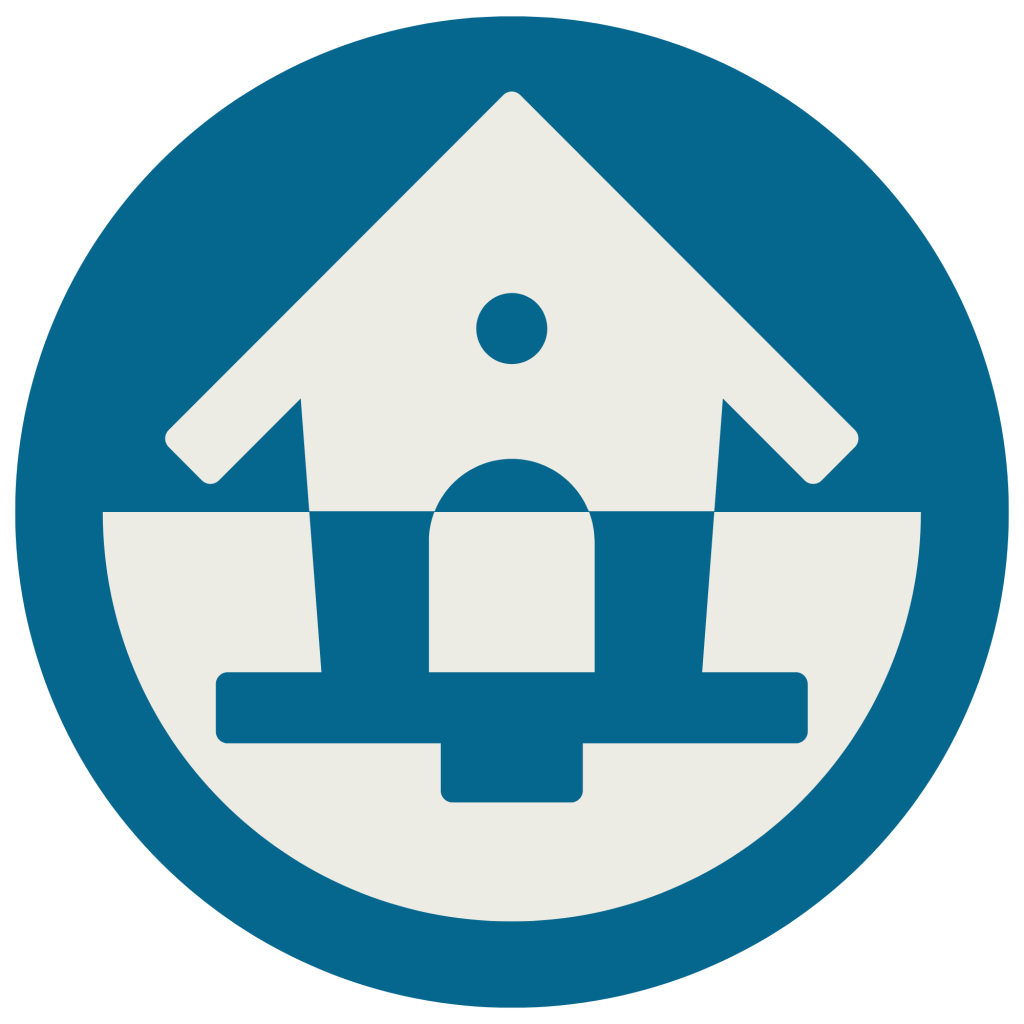
Infrastructure elements can support, protect, and enhance wildlife habitat. These are built items and generally need to be regularly maintained.
Little Habitat Certification Levels
Level I: Acorn
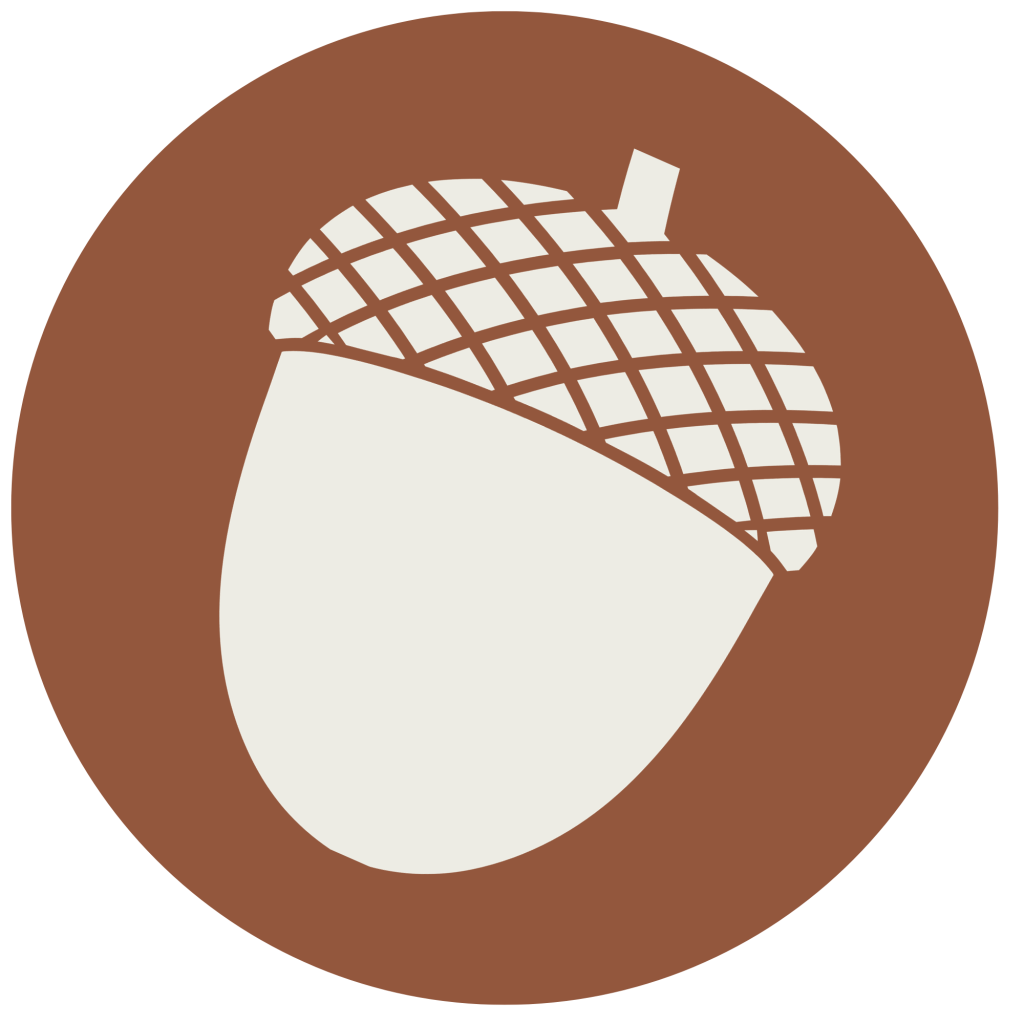
- Choose one action item.
Level II: Seedling
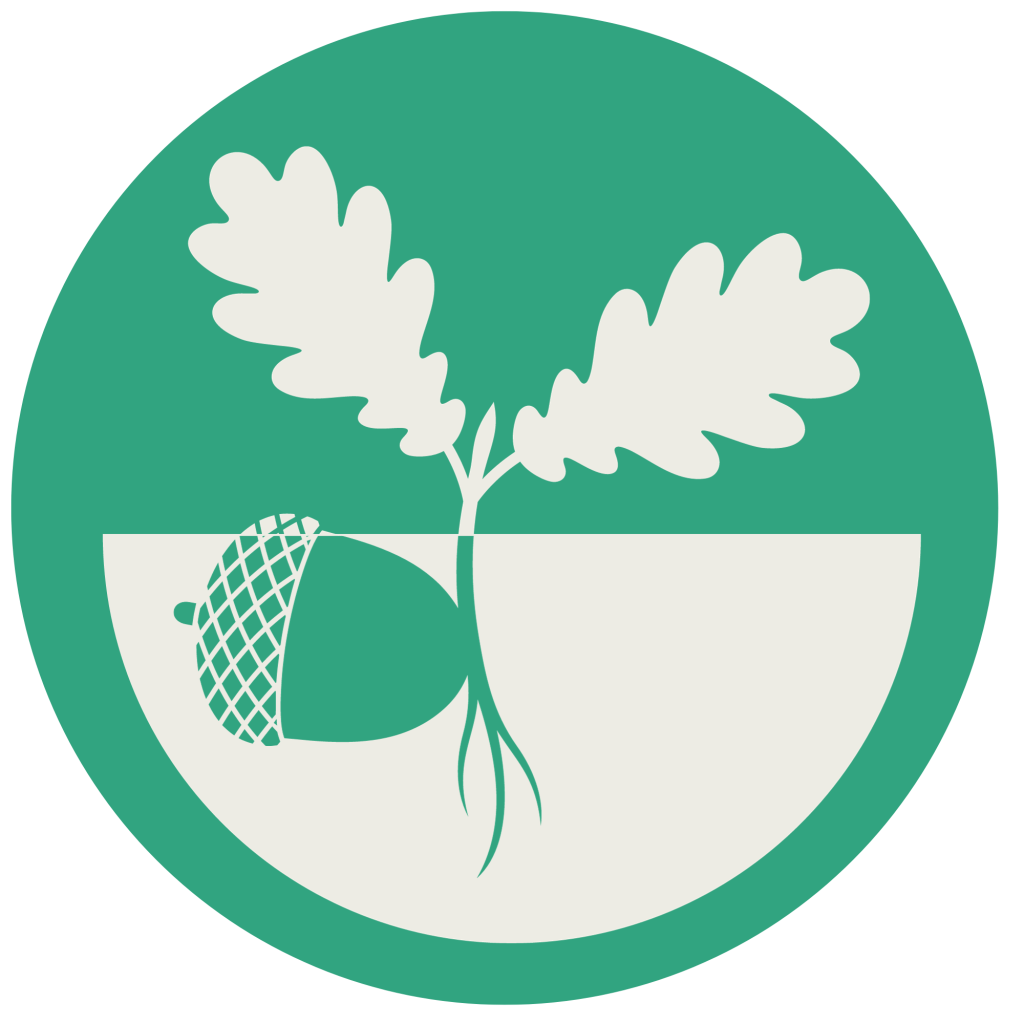
- Choose two action items.
Level III: Oak

- Choose three action items.
Infrastructure Actions
Install and Maintain a Nesting Box
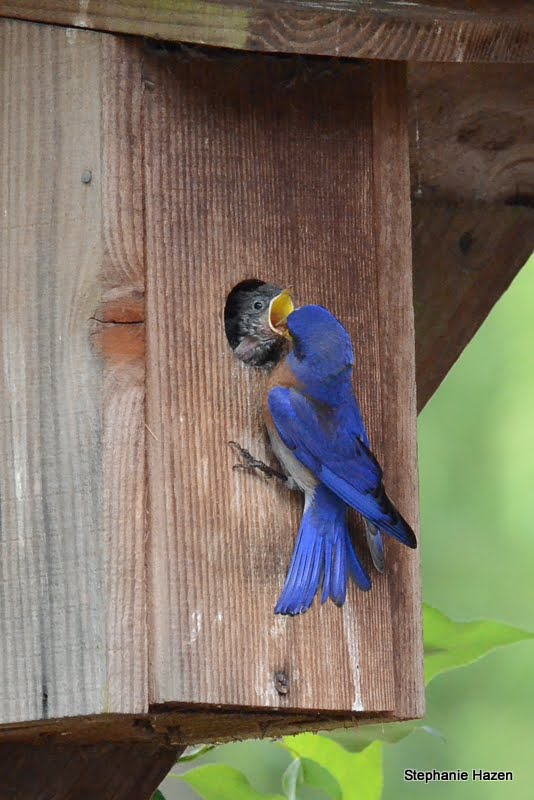
Installing a nesting box to support birds and bats can offer nesting opportunities in areas where natural nesting sites may be limited. The dimeter of the entry hole for the nesting box will attract different species. Make sure nesting materials are cleaned out every fall to keep sanitary. Nesting boxes should not be exposed to the hot afternoon sun. Invasive bird species such as house sparrows or European starlings’ nests should be removed from nesting boxes
Install and Maintain a Bee House
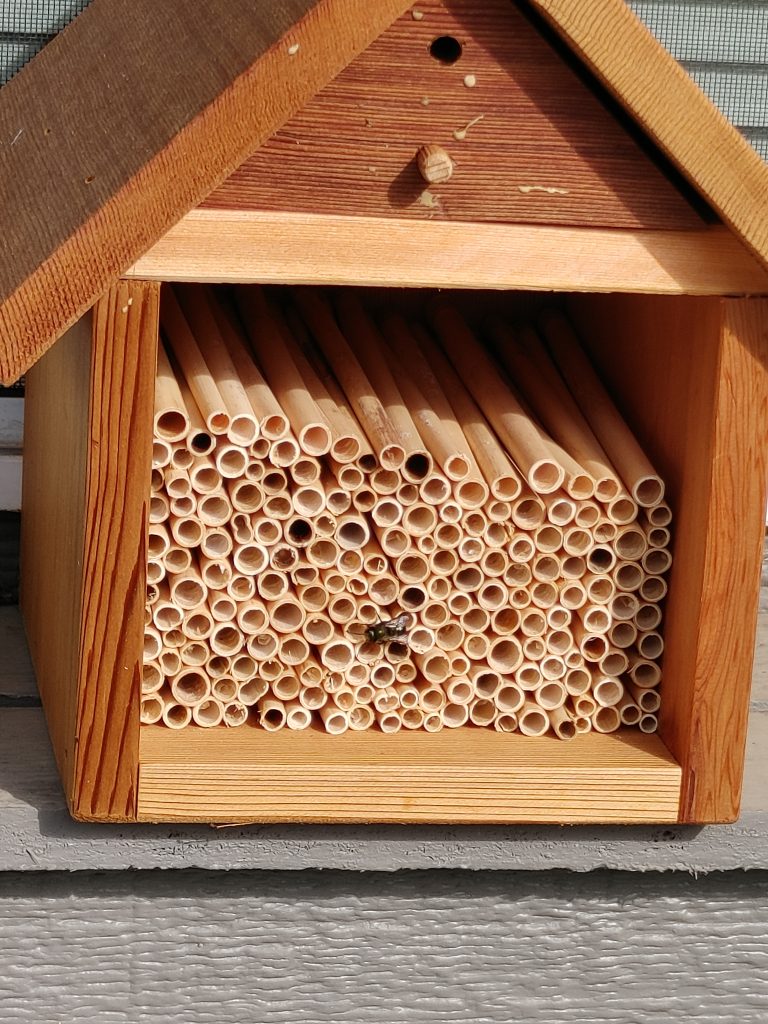
Bee houses are structures designed to provide nesting sites for solitary pollinators such as mason bees and leafcutter bees. Benefits include supporting pollinators species that are in decline and enhancing pollination in your garden, resulting in better fruit and vegetable yields. After nesting season, clean out the nesting trays or tubes to provide a sanitary environment for bees that nest the following year.
Add and Maintain a Bird Feeder
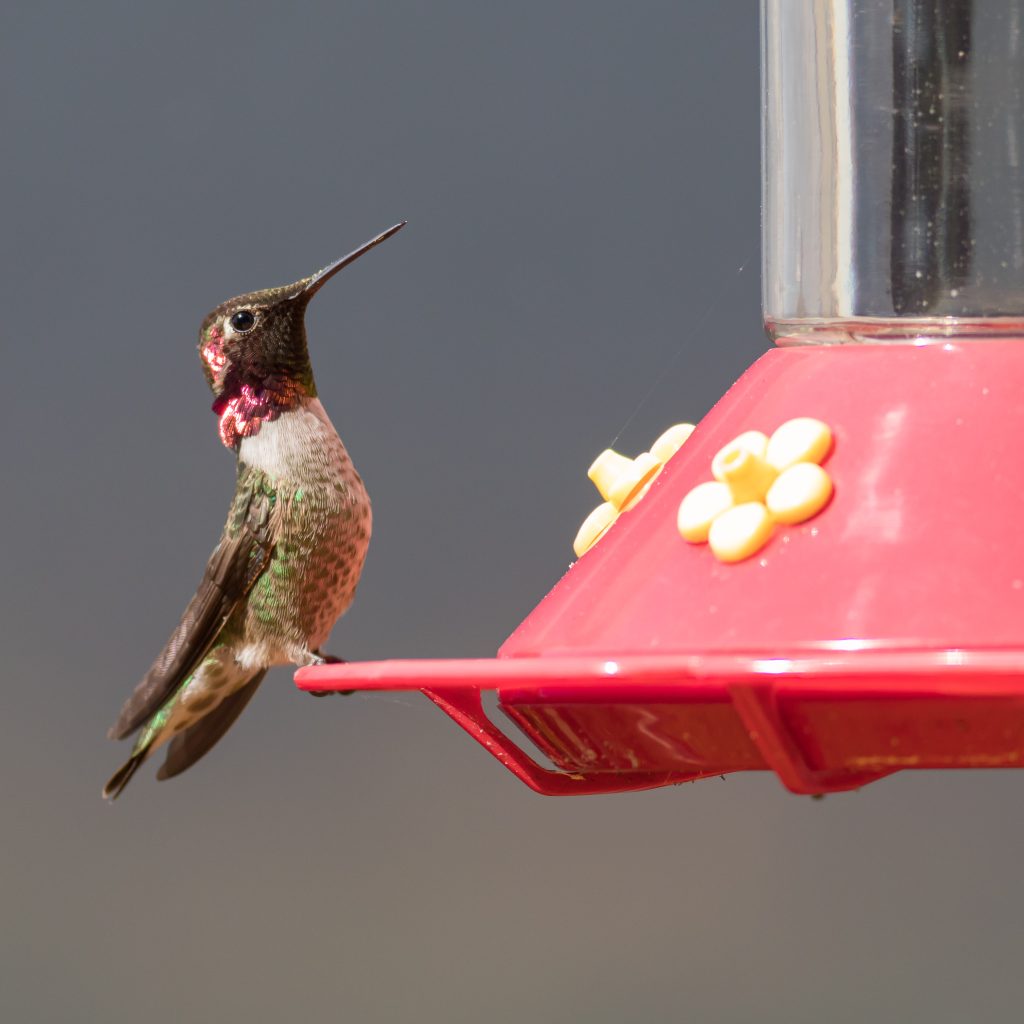
Hummingbird, seed, or suet feeders can help support birds who might be nesting, migrating, or overwintering. Feeders need to be cleaned regularly to prevent the spread of disease. If you cannot do this, disperse seeds on the ground, in varying locations. Consider growing plants such as sunflowers that naturally produce seeds. Do not hang up a feeder if outdoor cats are present.
*Hummingbird feeders should be emptied and cleaned twice per week during hot weather, once per week in cooler weather, and every time it’s emptied.
Create a Rock Pile
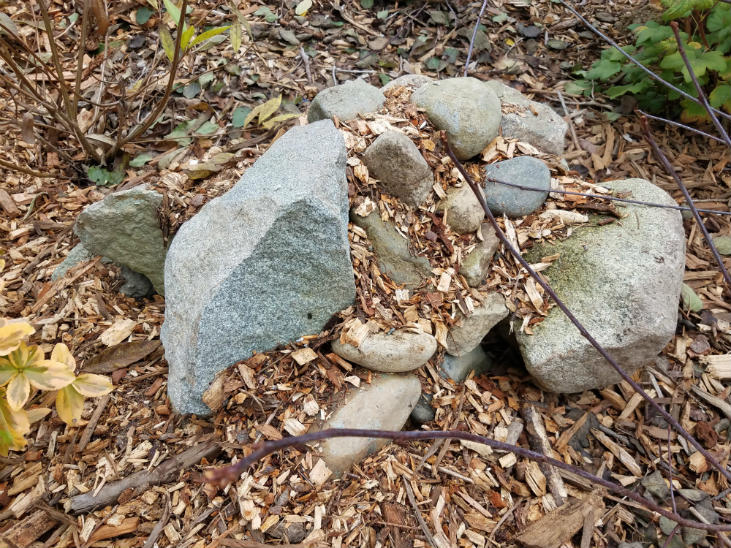
Rock piles provide numerous benefits such as shelter, thermoregulation, hunting opportunities, and nesting sites for amphibians and reptiles. Ensure rocks are securely stacked to prevent collapse and injury to wildlife.
Install a Catio
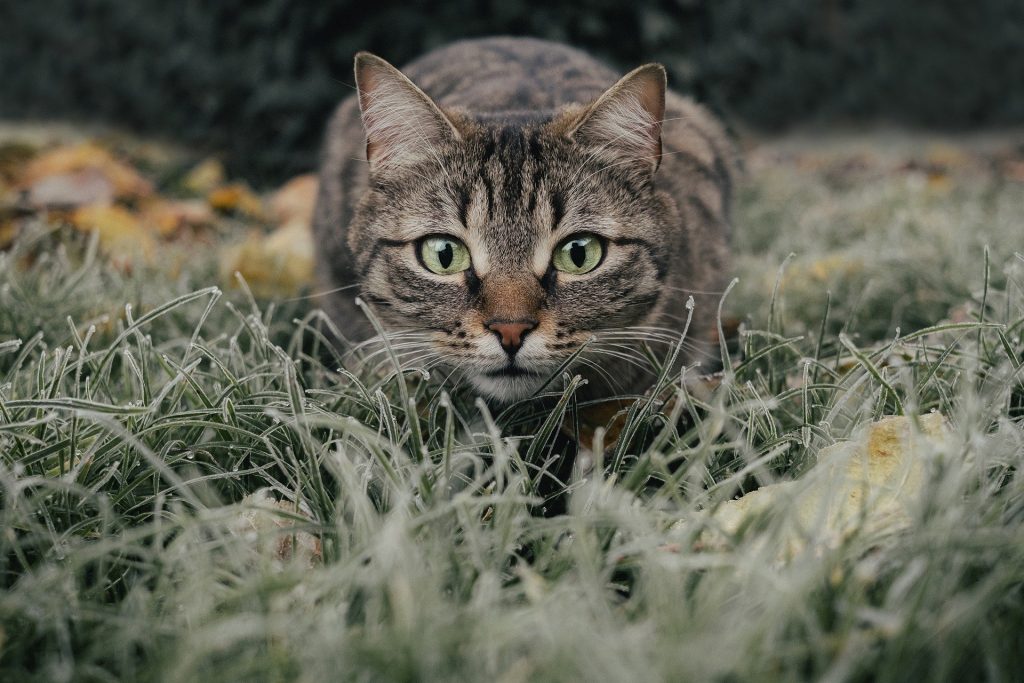
Catios are enclosed outdoor spaces that help protect wildlife by preventing outdoor cats from hunting birds and other wildlife species. Other benefits include providing safety and environmental enrichment opportunities for cats. Catios can be built by professional contractors or handy friends and family depending on preferences, budget, and complexity of the catio design.
Install Motion Detector Lights
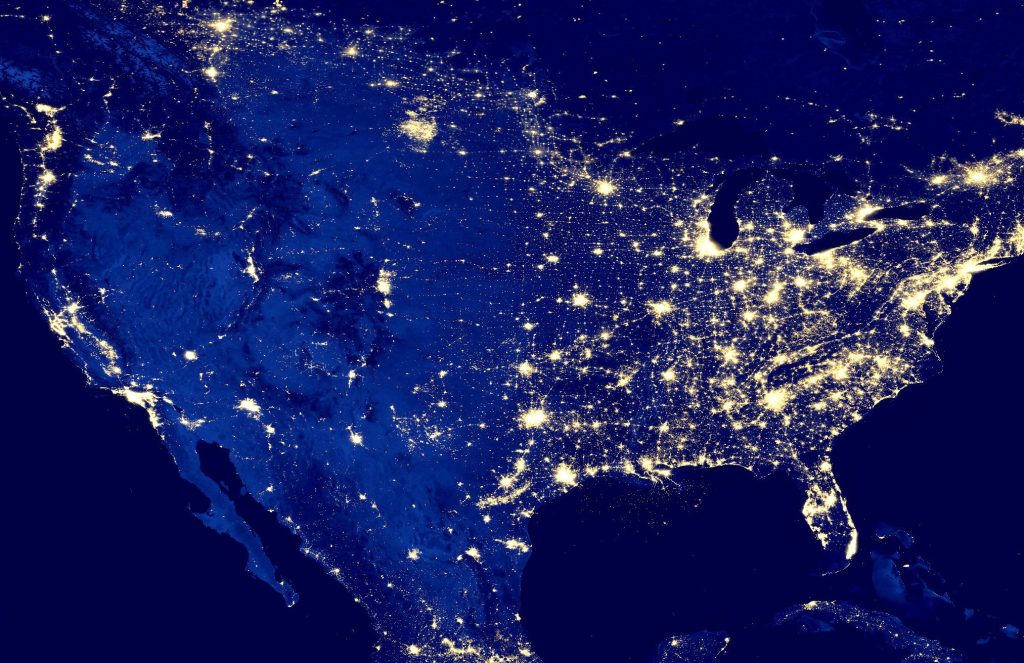
Installing motion detector lights instead of using permanent outdoor night lighting will support migratory birds, moths and other night-flying insects. Reducing outdoor lighting during bird migration seasons (March-May and September-November) will help avoid disorienting birds on their migration journey. Motion detector lights can be sourced from various retail shops or online.
Install Bird Deterrents on Windows
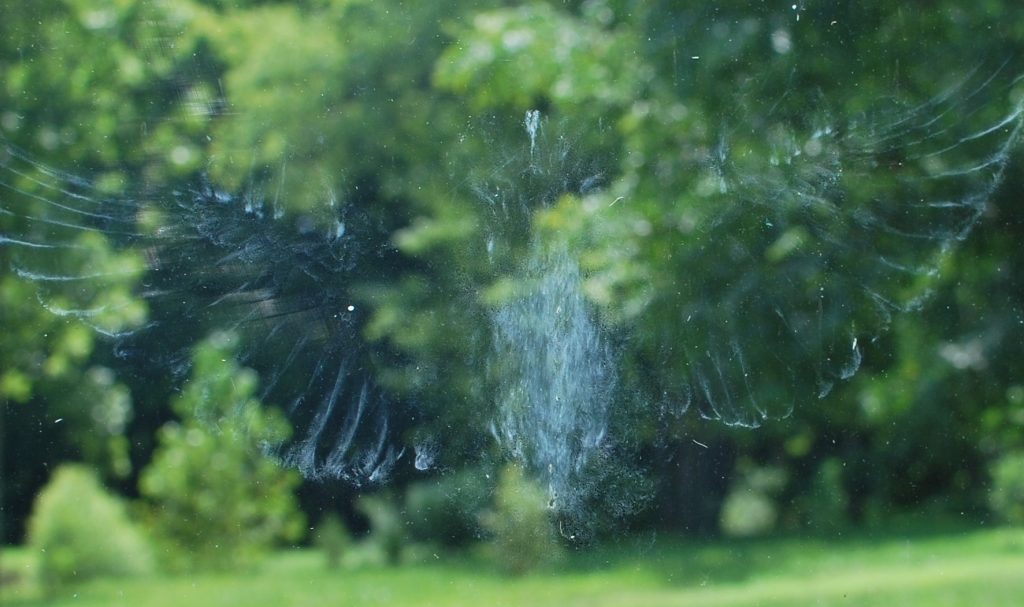
Install bird deterrents on windows to reduce the risk of birds colliding with windows, especially if near bird feeders. Birds often fly into windows because they perceive the reflections or transparency as open space. Bird savers can be purchased or created at home using a parachute cord.
For More Info…
Use Permeable Walkways
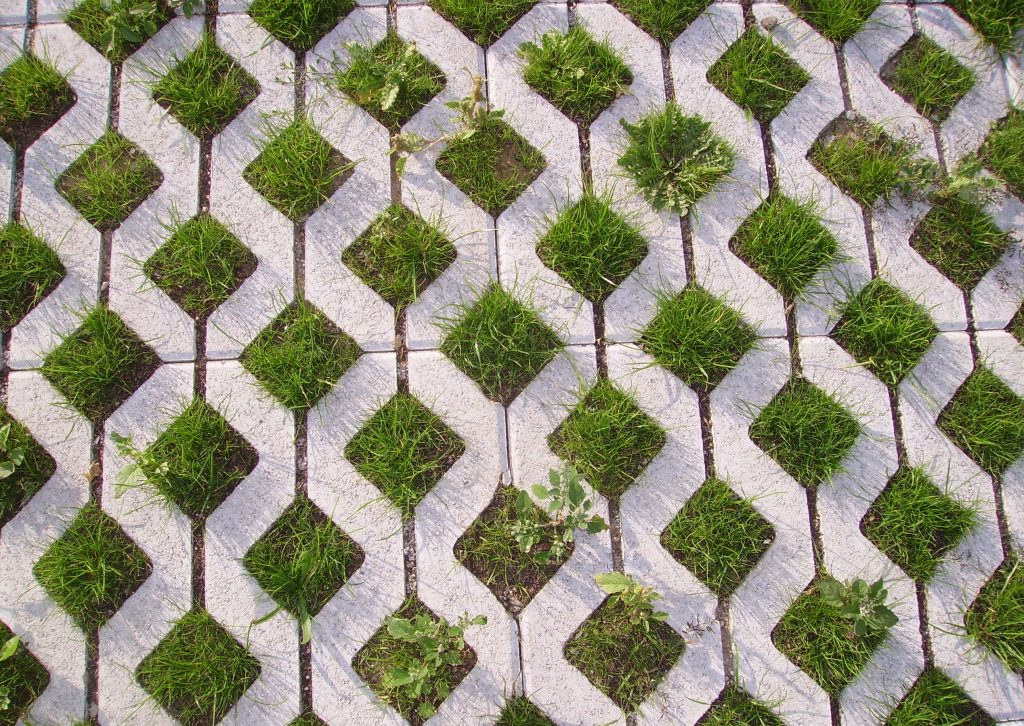
Use permeable walkways such as mulch, pavers, and stone alternatives instead of pavement. This will allow water to seep into the ground to help reduce stormwater runoff that can impact aquatic wildlife species and act as a natural filter to reduce water pollution.
For More Info…

